A. Lange & Söhne
Precise Setting with the A. Lange & Sohne 1815 Tourbillon Enamel Dial Watch
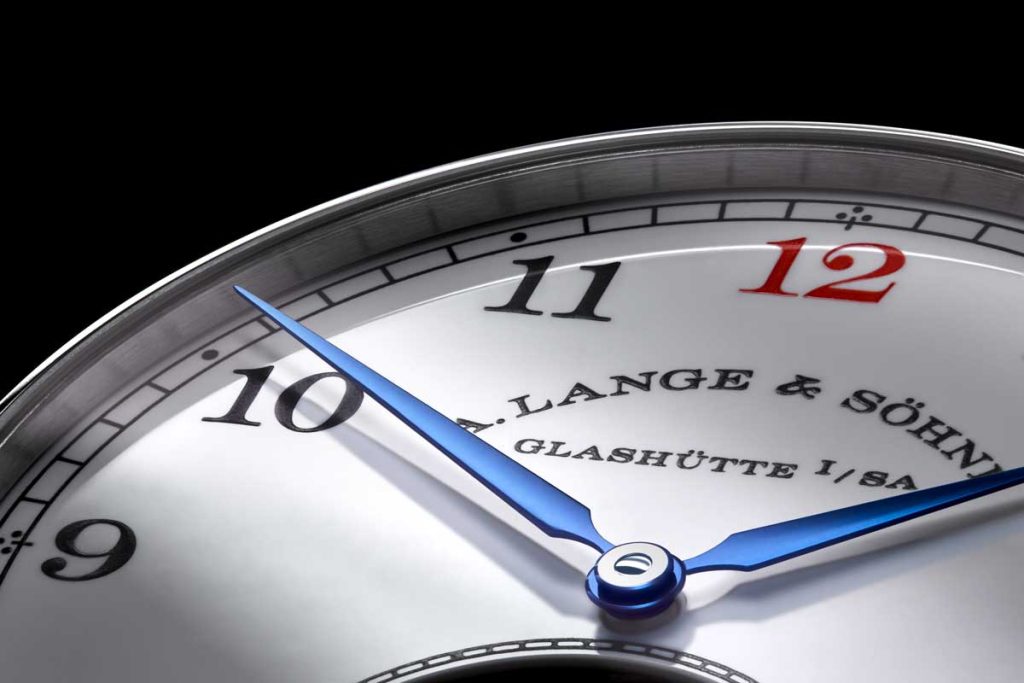
The A. Lange & Söhne 1815 Tourbillon with Enamel Dial
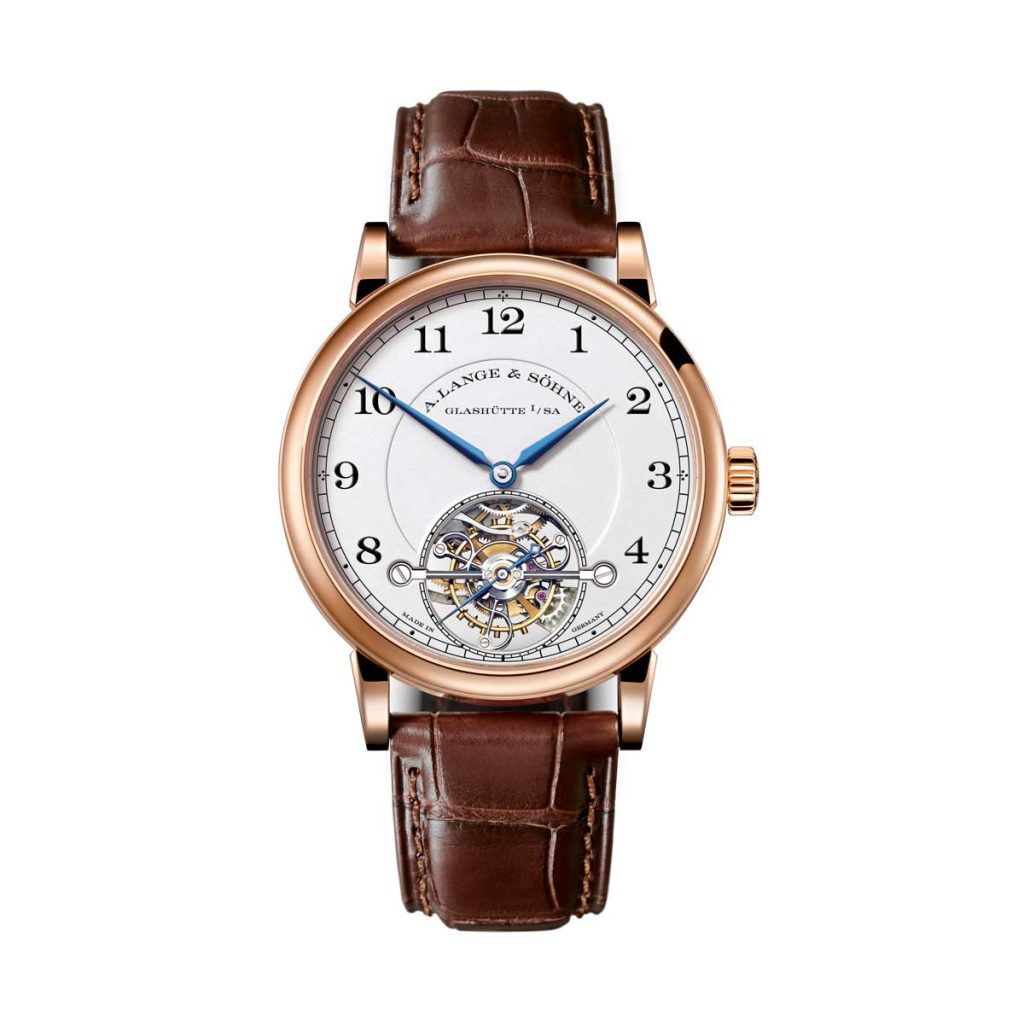
The 1815 Tourbillon in pink gold with a solid silver dial
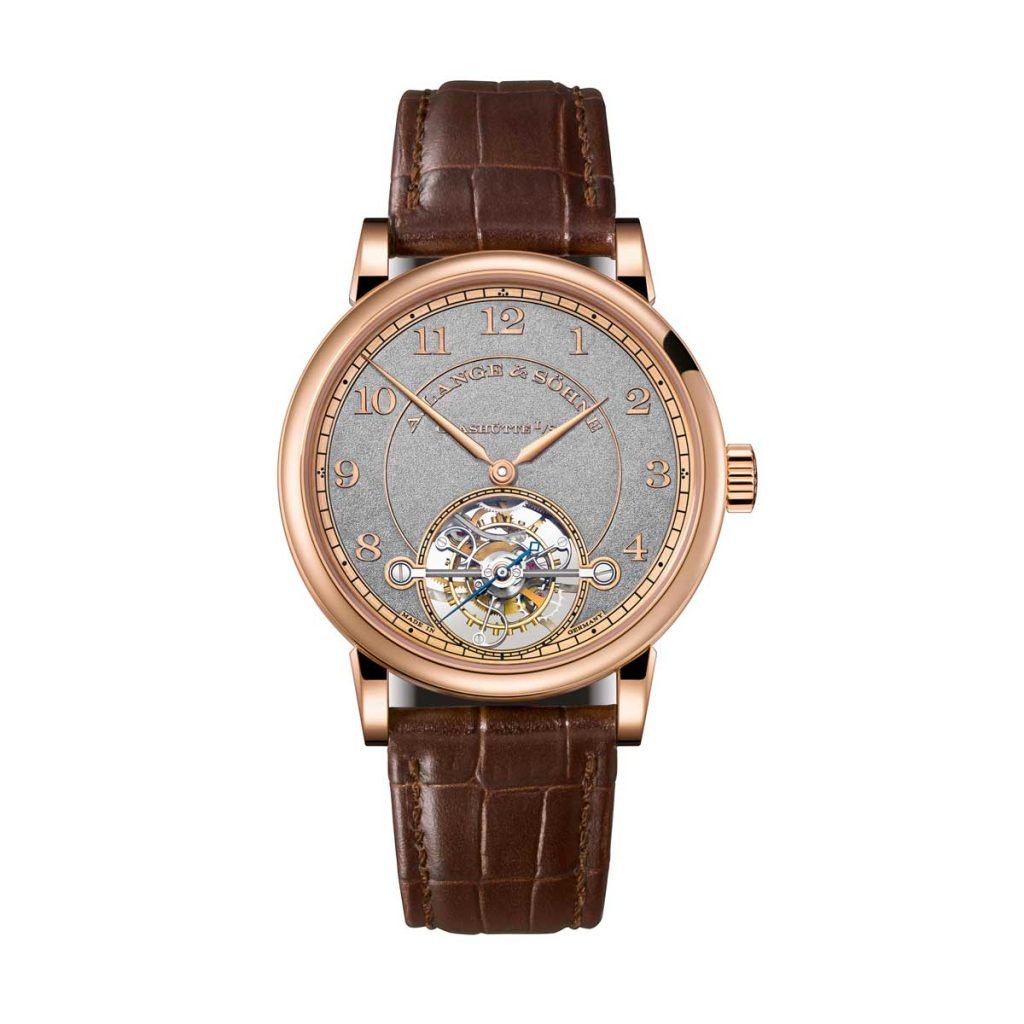
The 1815 Tourbillon Handwerkskunst in pink gold
The next level up from the hacking seconds is the seconds zero-reset. So, in addition to the balance wheel brake, you have an extra little heart cam sitting on the wheel that drives the seconds hand. Pulling out the crown causes the brake to press against the balance wheel and also causes a sprung hammer to fall onto the eccentric heart cam, bringing the seconds hand back to the zero position.
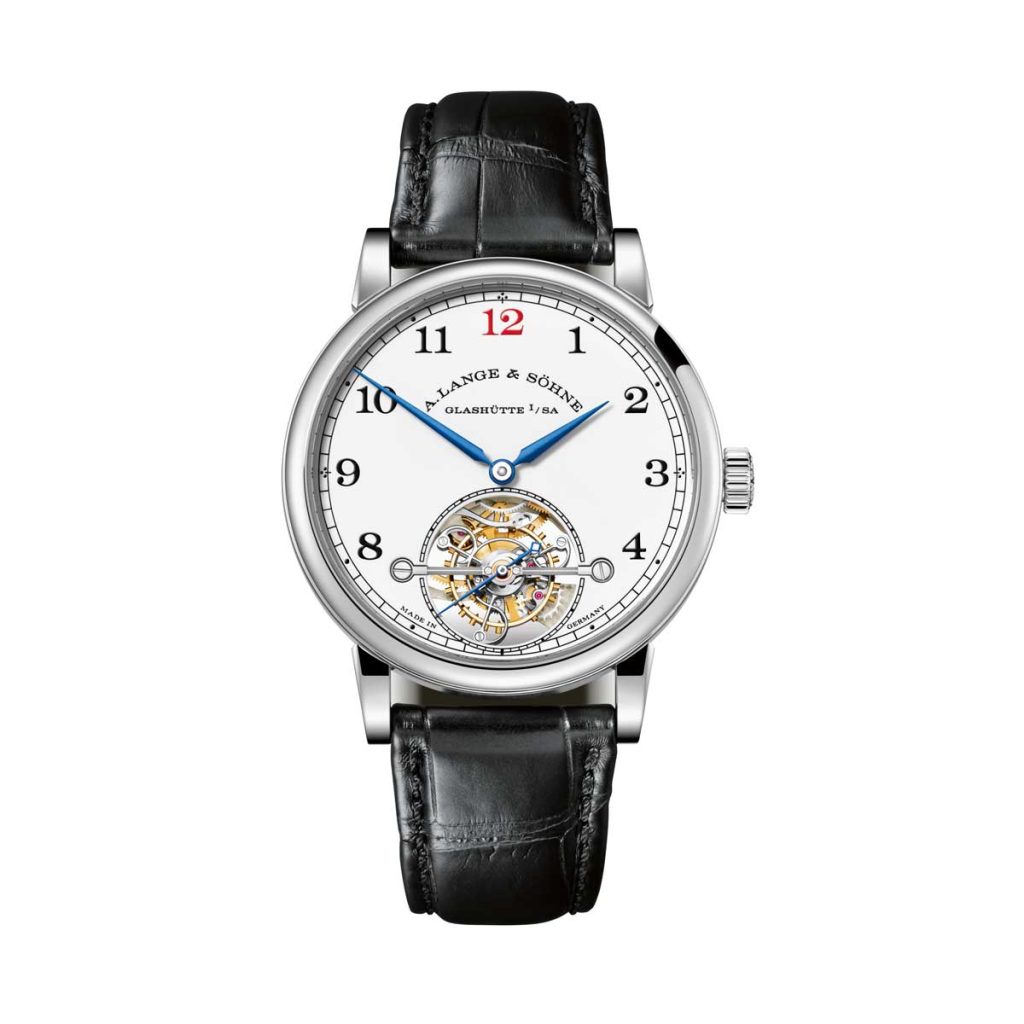
The A. Lange & Söhne 1815 Tourbillon with Enamel Dial
Now we come to the good stuff. How does one combine the precision setting of a zero-reset hacking seconds with the precision timekeeping of a tourbillon? Braking a balance wheel is straightforward enough, but when said balance wheel is surrounded by a rotating tourbillon cage, how do you get to it without having your brake lever occasionally crash into the tourbillon cage instead of meeting its intended target? Bad news: it’s not easy. Good news: someone else already did it.
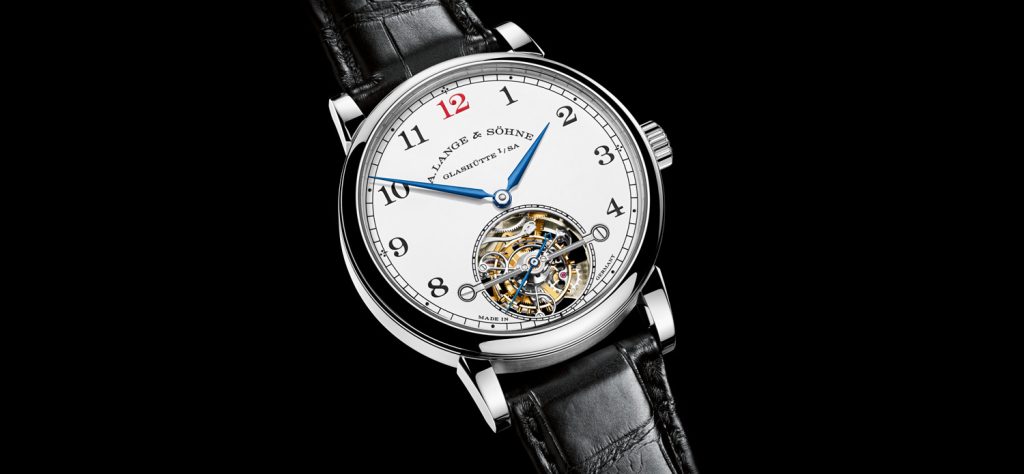
The A. Lange & Söhne 1815 Tourbillon with Enamel Dial
The solution that A. Lange & Söhne came up with for the 1815 Tourbillon was both simple and direct, a consequence of their Teutonic fondness for efficient engineering, perhaps. Instead of a thin blade spring of limited geometry acting as a brake, the A. Lange & Söhne formulated a special spring that has to be bent by hand to conform to a very particular shape so that successful braking of the balance wheel is achieved no matter where the arms of the tourbillon cage are.
The result is, of course, spectacularly beautiful yet sensible watchmaking, which is defines the world of Lange watch collecting.










